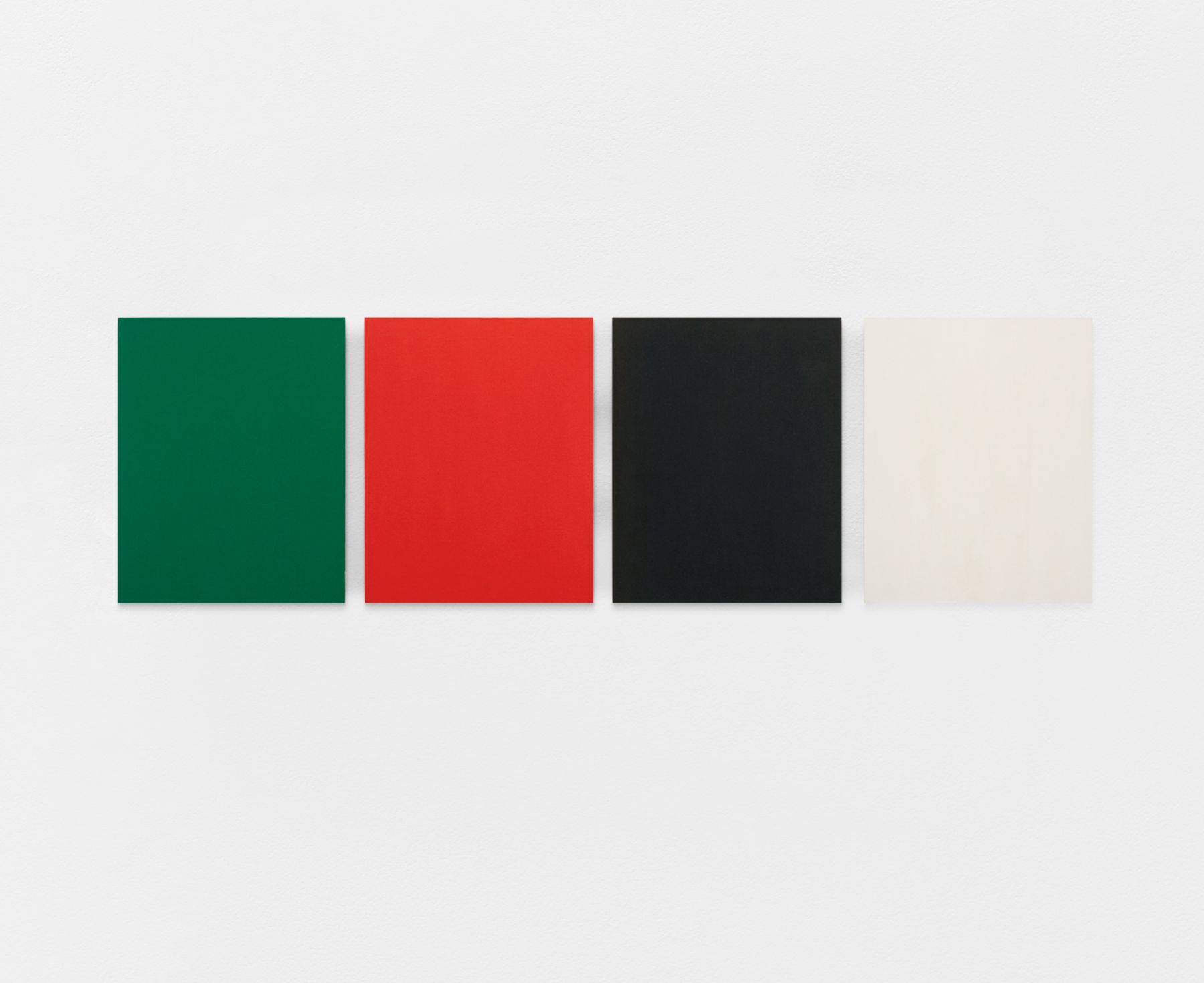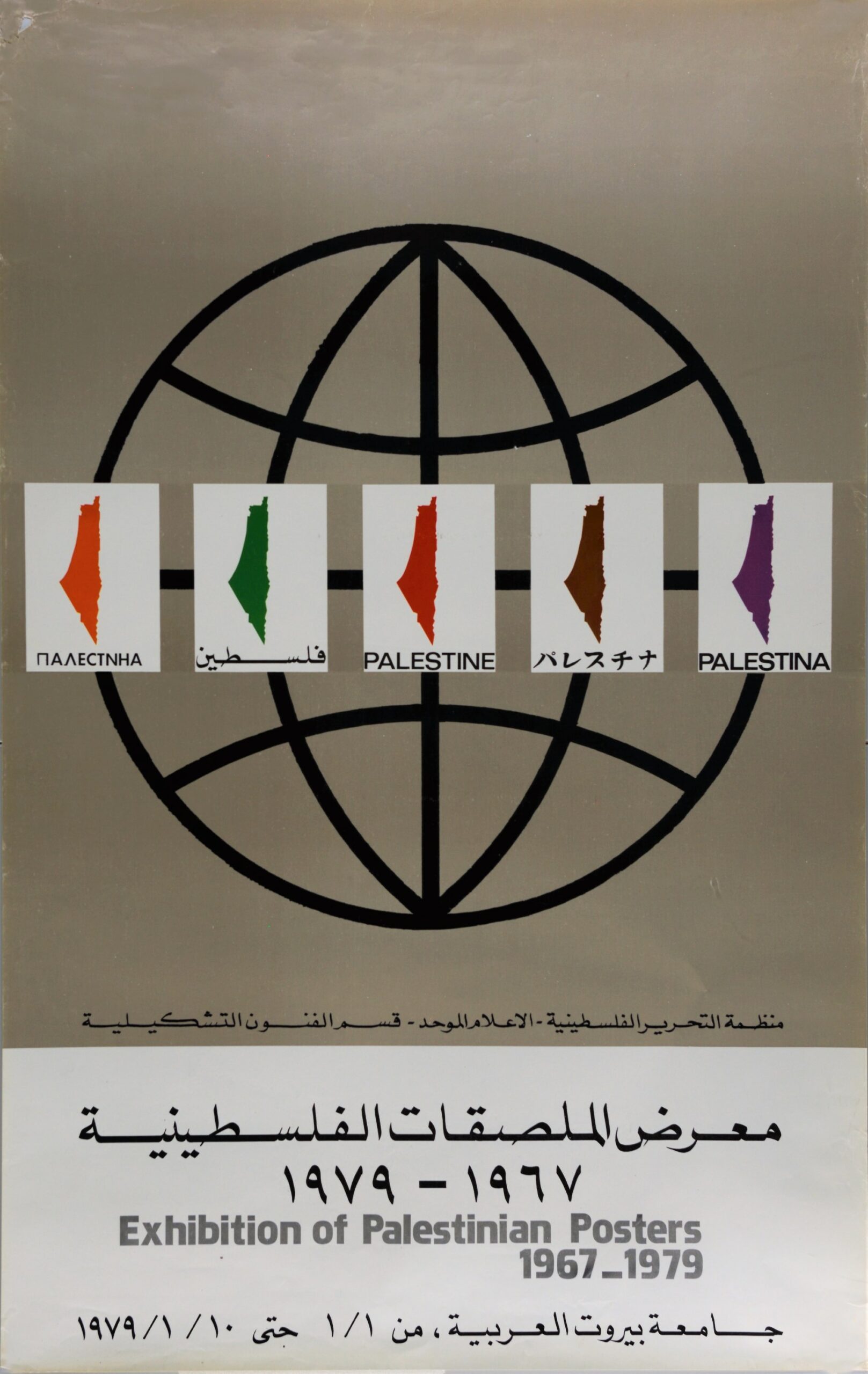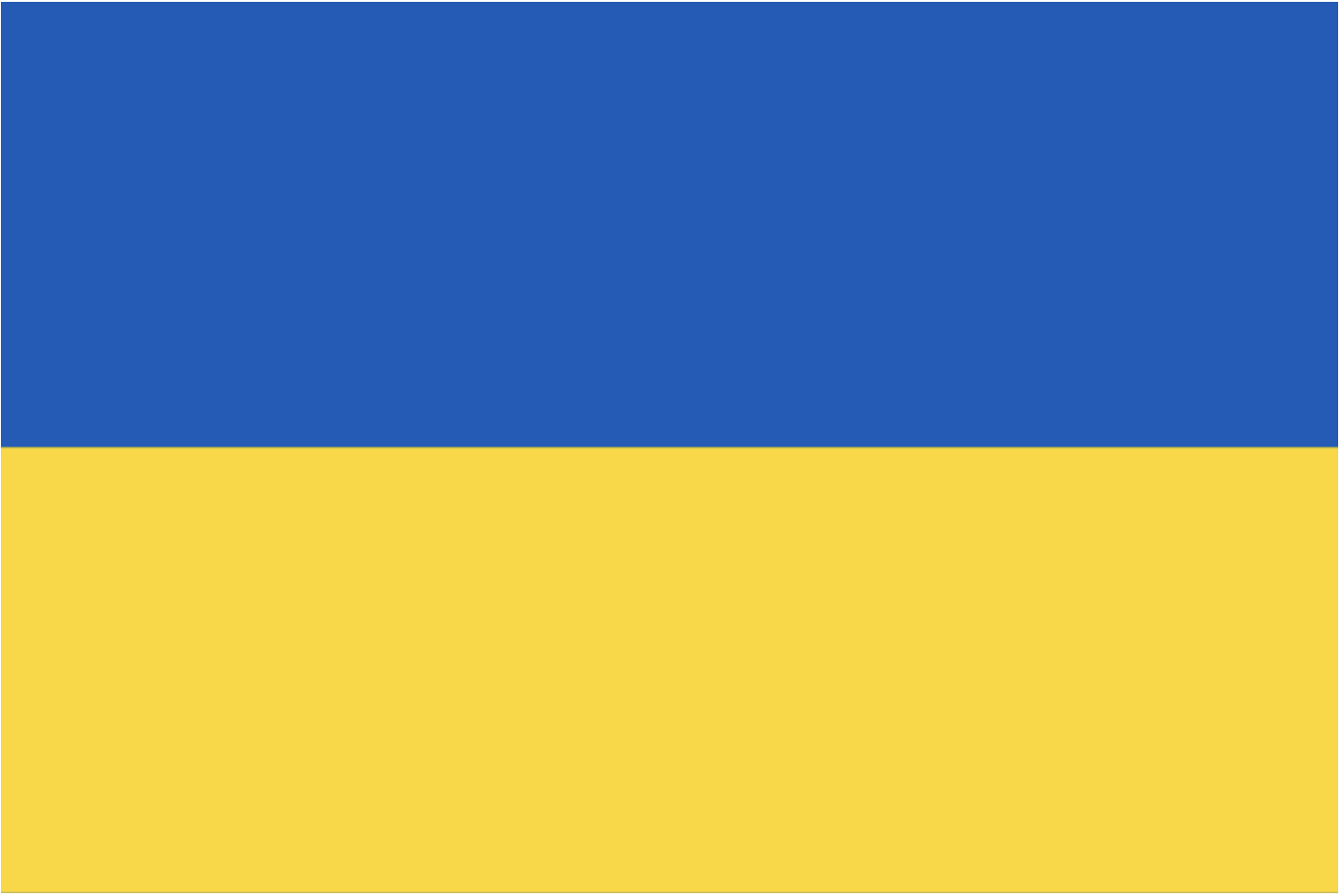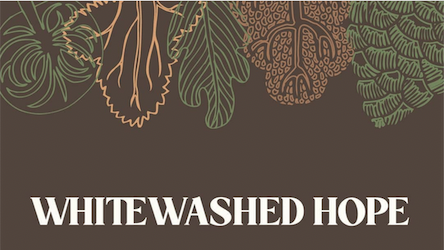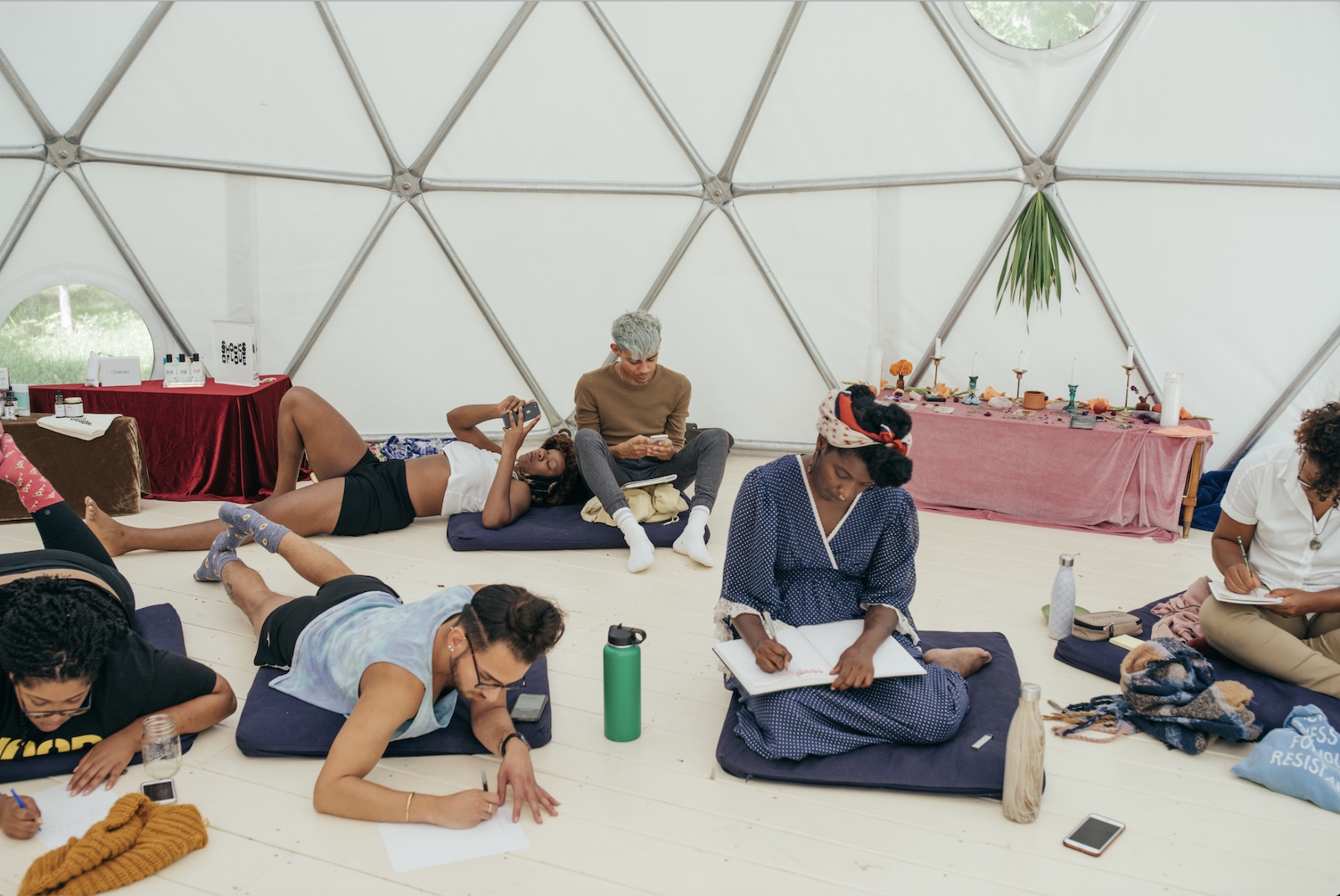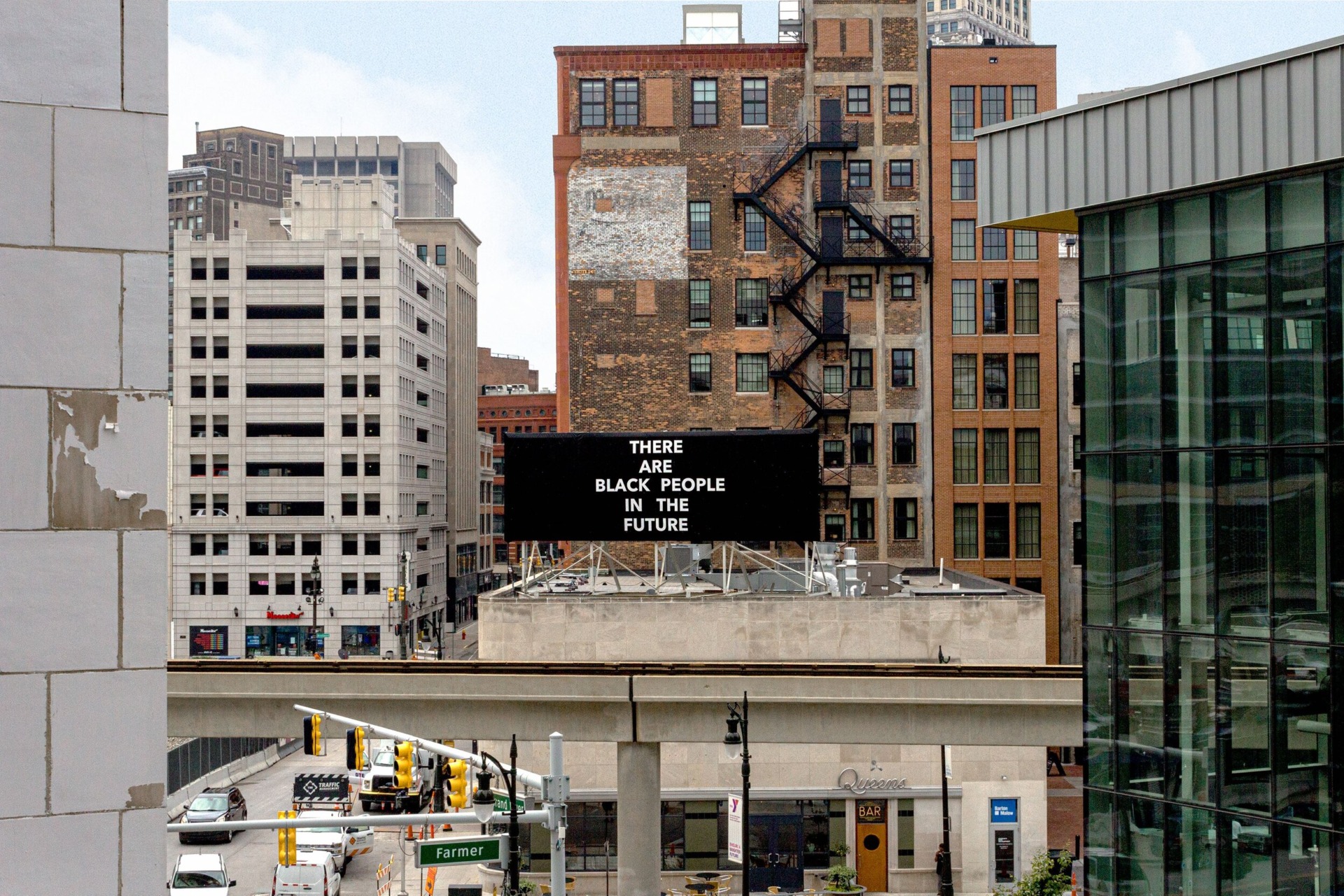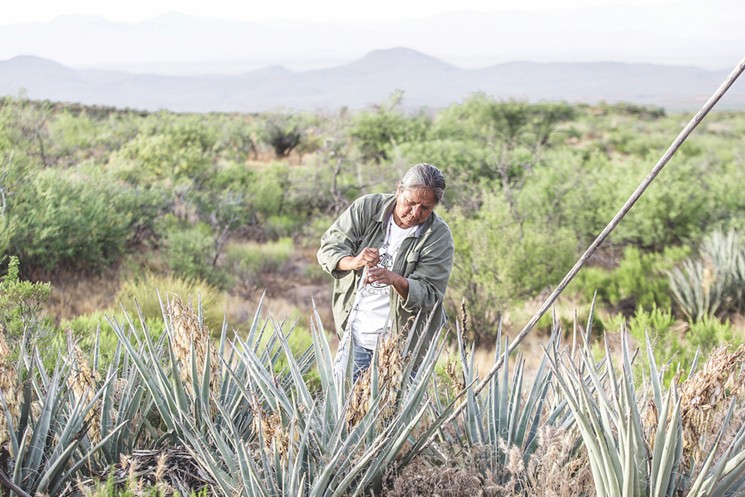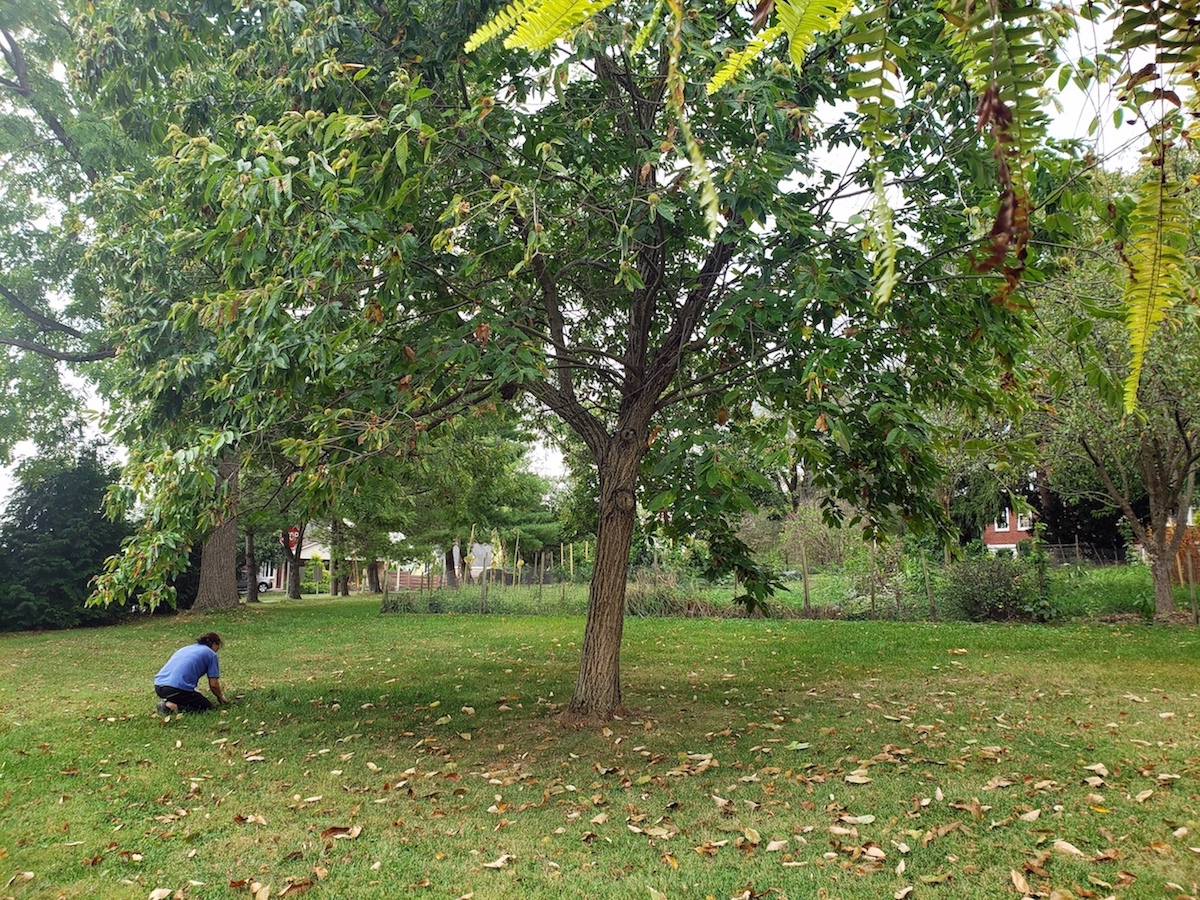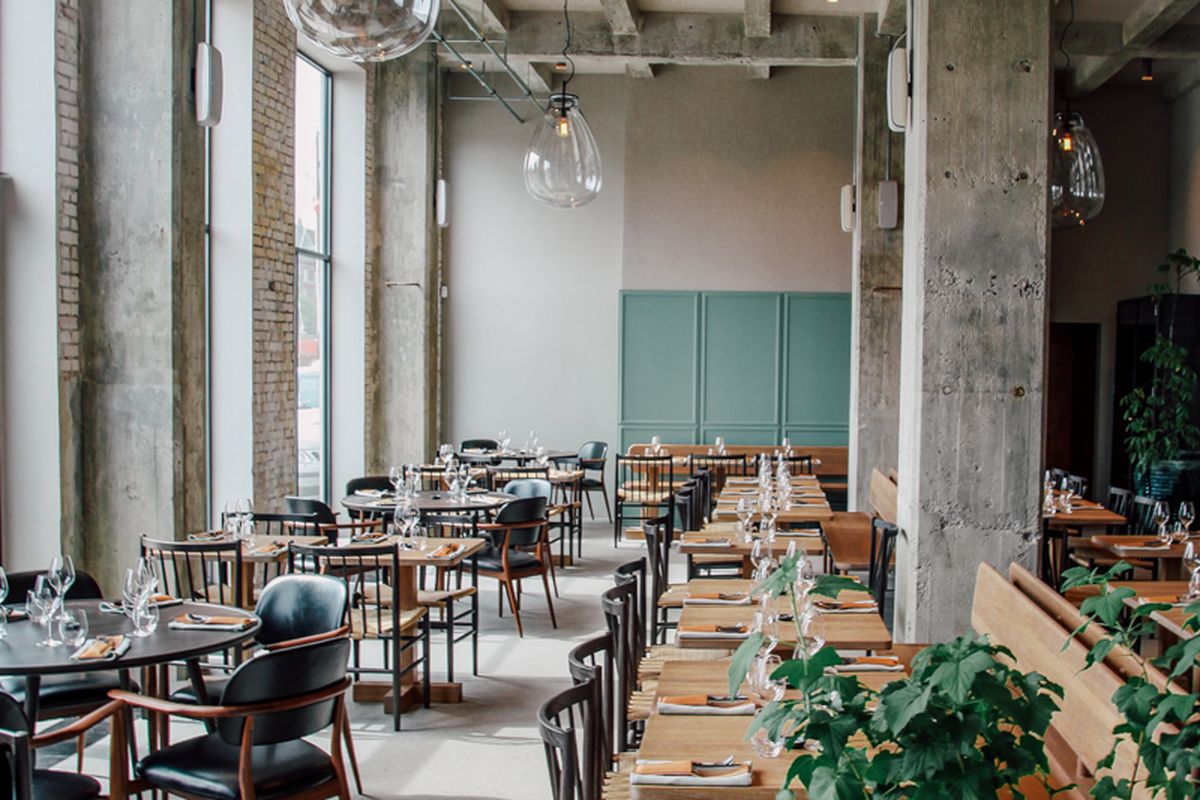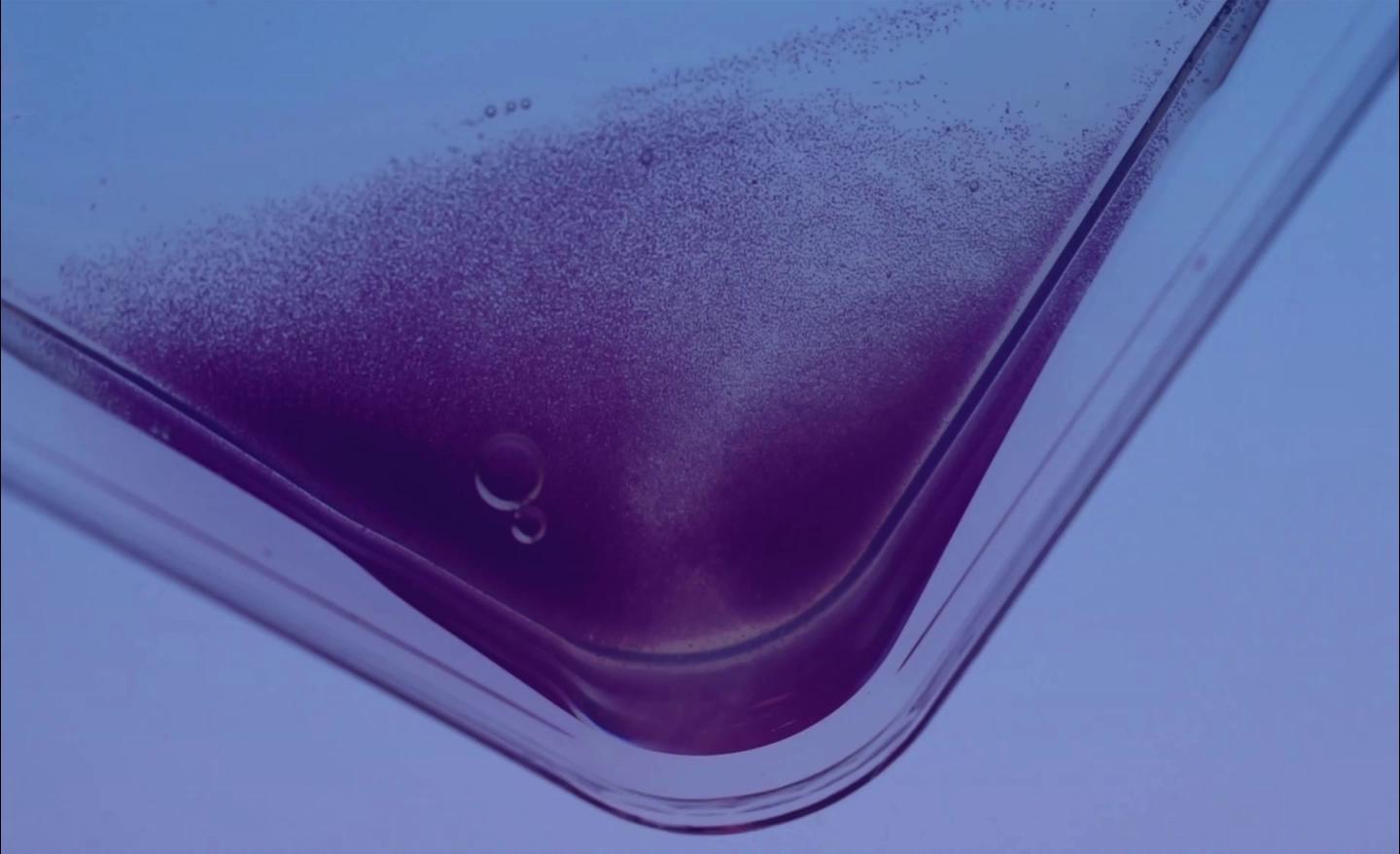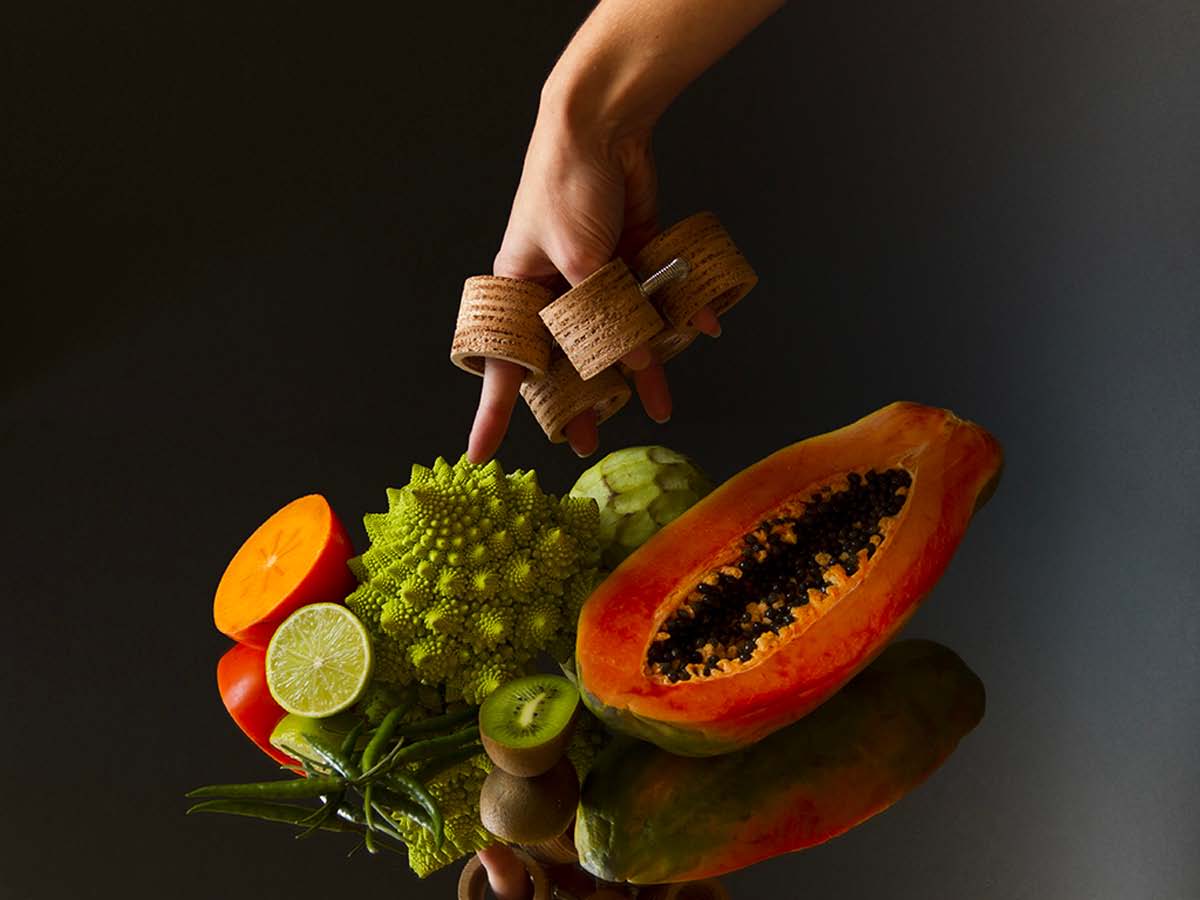It took me a few moments to recognize what was going on. In a video reposted by @balsam_magazine on Instagram, a crush of human bodies push against the sides of what looks like a cage or cattle corral. In reality, it is a physical checkpoint in Gaza where over 70,000 Palestinians are subjected to hours-long waits and bio-physical scans as they enter and exit Israel for the right to work.1 These checkpoints are a daily indignity for a population living under apartheid,2 victims of a brand of settler colonialism that we in the United States inherently understand, as it is part of our own cultural legacy. Yesterday’s 100-year anniversary of the Tulsa Race Massacres, was a moment to reflect on the ways that we continue to benefit from the United States’ silence on issues of violence and injustice. It is a reminder that settler colonialism, systemic harassment and disenfranchisement of marginalized communities, and genocide of indigenous people living under occupied lands, are the bedrock of the history of the United States.
- 1. Washington Post: https://www.washingtonpost.com/graphics/world/occupied/checkpoint/
- 2. Human Rights Watch: https://www.hrw.org/report/2021/04/27/threshold-crossed/israeli-authorities-and-crimes-apartheid-and-persecution
I write all of these accumulated facts as a New York City-based editor of a media platform that espouses a commitment to food justice and community sovereignty. Today, the United States continues to perpetuate its legacy of oppression by using tax dollars to fund $3.8 billion in military aid to Israel, annually.3 It should come as no surprise that many of the arms that are being used to destroy Palestinian homes and buildings, steal lives of innocent children and their families, and harass civilians just trying to live their daily lives, come directly from the United States. Americans cannot turn a blind eye to the bloodshed happening in Gaza and the West Bank—in the midst of the mid-May bombings, the Biden administration “approved the sale of $735 million in precision guided-weapons to Israel.”
- 3. Federation of American Scientists via The New York Times: https://fas.org/sgp/crs/mideast/RL33222.pdf
This is not a time to be silent, especially for those of us working in media from the United States. Despite the ceasefire agreement between Israel and Gaza, Palestinians continue to live in an apartheid state on occupied territory. Their survival is a form of resistance to the daily trauma of occupation. We at MOLD stand in solidarity with the Palestinian people and their struggle for freedom, sovereignty and land. In the context of food justice, the Israeli government and settler colonists have engaged in the systemic denial of water rights to Palestinian farmers, disruption of food and seedways, and destruction of ancient olive groves. Palestinian food culture has been colonized, erasing the Palestinian roots of what is often referred to as regional or Israeli cuisine.
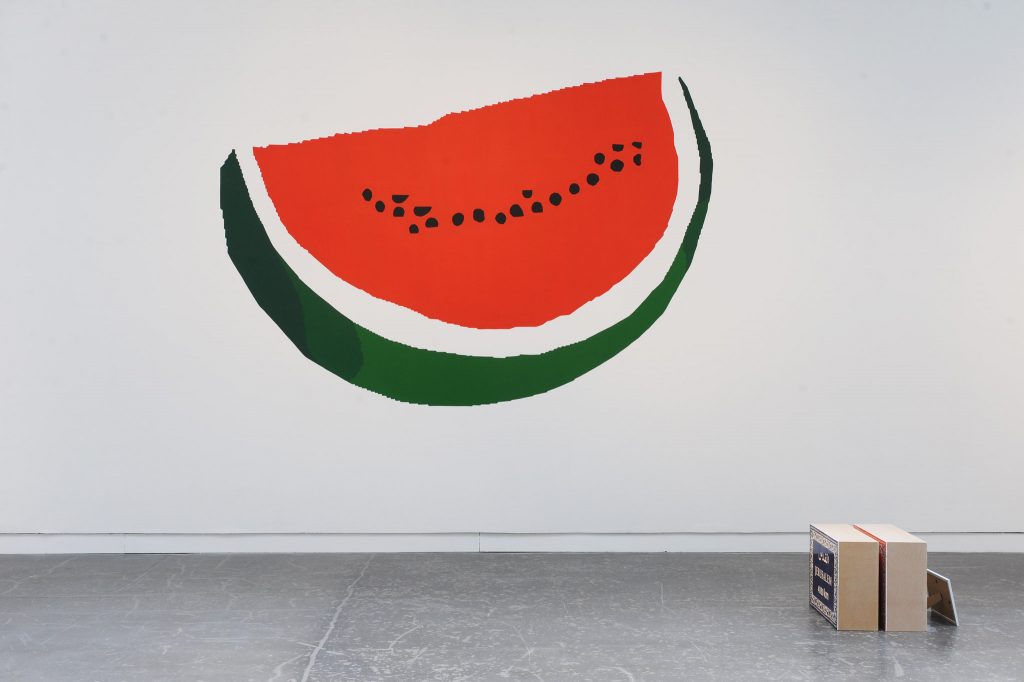
Now is the time to take action: donate, divest, boycott, call your congressperson, and educate and amplify. Below is a list (in alphabetical order) of some people and resources for learning more about the occupation and the critical ways that we can support Palestinian land rights, food justice and sovereignty.
- Adlah Justice Project, U.S.-based Palestinian advocacy organization
- Amanny Ahmad, artist and chef
- Balsam Magazine, Jordanian-based Arab culture magazine
- Celine Semaan, founder of Slow Factory
- Reem Kassis, food writer, cookbook author
- Sufra Kitchen, food history and culture connecting North Africa and Southwest Asia
- Vivien Sansour, artist, Palestine Heirloom Seed Library
- VIDEO Broadcast: A Growing Culture, Seeding Sovereignty in Occupied Palestine
- 1. Washington Post: https://www.washingtonpost.com/graphics/world/occupied/checkpoint/
- 2. Human Rights Watch: https://www.hrw.org/report/2021/04/27/threshold-crossed/israeli-authorities-and-crimes-apartheid-and-persecution
- 3. Federation of American Scientists via The New York Times: https://fas.org/sgp/crs/mideast/RL33222.pdf
